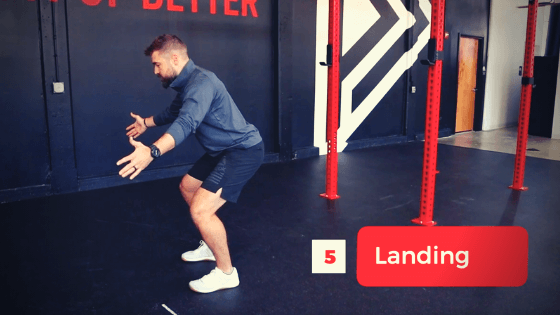[vc_row][vc_column][vc_video link=”https://youtu.be/YGb0-7d_LQc”][/vc_column][/vc_row][vc_section][vc_row][vc_column][vc_separator][/vc_column][/vc_row][vc_row][vc_column][vc_column_text]
How To Teach The Jump

Share this article:
Recent Posts
Interested if PLT4M can work at your school?
Follow Us!
Working on our underhand tossing in PhysEd today with “Move the Mat” from the new @PLT4M elementary PE curriculum.
#physed
A K-2 favorite 🤩 “Zookeepers” by @PLT4M here’s how to play. #physed #physicaleducation
“Sort the Trash” from @PLT4M with kindergarten for today’s warmup! 🔴🔵🟢🟡 #physed #physicaleducation #elementarype #kindergarten
A look at an activity called “Partner Mixer” by @PLT4M I use to help students find different people to play with. #physed #physicaleducation
Kick off the school year with some fun!
Grab FREE monthly Healthy Habits Activity Calendars for your students from PLT4M and @pe4everykid!

Mike Graham
@pe4everykid
Grab your free copy of our Healthy Habits Activity Calendars from @PLT4M here: https://hubs.li/Q03DcJC_0 #physed #physicaleducation #elementarype
A dynamic health class can transform students’ well-being—body and mind. Move beyond textbooks and help teens build real-life skills. Check out these 5 keys to creating a truly impactful high school health class.

5 Keys to a Successful Health Class in High School
Discover 5 keys to a successful health class in high school that prepares students for lifelong wellness in today’s fast-changing world.
hubs.li




